Lowimpact.org’s Sophie Paterson meets hydroponics convert James Brand to hear about his experiences of hydroponics in action at a 13th century free house, the family-run award-winning Journey’s End Inn on the South Devon coast.
Could you start by telling us a little about yourself, your background and what you do?
So I work in construction, design, manufacturing and repair. You could say I am the jack of all trades! One day I could be repairing a boat the next I’m stone walling or timber framing. I work a lot with GRP (glass reinforced plastics) making water features, roofing and custom moulds. I operate in all aspects of building maintenance, from a slipped slate to a new kitchen or bathroom and even cob and lime plaster.
And amongst all of the above you’ve been growing using hydroponics now for how long?
I have been growing various crops in hydroponics for about ten years or so. I didn’t bother with university or anything like that. There is a wealth of information available on the internet, everything from the various hydroponic systems available to pests and disease specifics right down to the variety you are growing. Right now my focus is on chilli plants.
So what led you to decide to integrate hydroponic growing into the set-up at the Journey’s End Inn?
We decided to integrate the hydroponics for a few reasons. Firstly as an educational tool – I hear a lot of rubbish being spoken about hydroponics! For instance, a classic line is that hydroponically grown produce is tasteless. People need educating that the lack of taste is nine times out of ten down to the variety grown. I mean, in a commercial setting, is a farmer going to choose a low-productivity, slow-growing but really tasty variety or a fast-growing, not so yummy variety that produces a large crop quickly? Money is the answer here.
Secondly, using hydroponics means we have control of our produce and we can grow specific varieties with almost zero carbon foot print. The most electricity we use is for the hydroponic pump which is 13-watt and only on for about an hour a day as we run a wet-dry cycle. Being set up in a conservatory means we have natural light and heat in abundance. There are zero miles in the movement of the produce, the chillies are literally picked in the conservatory, walked to the kitchen, prepared and then served back to the customer. The seeds do the most travelling, coming from suppliers to us. And if you really wanted to the pumps could be run with solar panels.
And finally, let’s face it, conservatories are great spaces but also a bit of a waste and they can get ugly with age. Here we have managed to make the room productive, introduce a talking point for our customers, make the space a little more intimate and mask the roof all at the same time!

Exactly how the hydroponics system at The Journey’s End Inn works can be seen here. Click for full-size image.
Sounds like a great solution all round! What would you say are the benefits and drawbacks of your hydroponics system?
As far as I’m aware the only drawback of the system is the introduction of pests – specifically aphids – with it being in a public space. With the inn being in a rural area and close to a footpath, people are out in the wild unexpectedly picking up creepy crawlies and unintentionally bringing them in. Most other hydroponic operations are clean and tidy: the air inside is filtered for dust and bugs whilst the air outside is filtered for smells produced by the plants. Thirty six chilli plants definitely give a pong of capsicum at certain times of the day!
In terms of benefits, the hydroponics system offers us control of the plants’ diet, meaning they never go hungry. Automated watering means fewer person-hours and the speed of growing is fabulous (although, that said, if you are not experienced, the speed that things can go wrong is equally matched). Over-watering is a common problem with conventional growing. If you over-water in soil you are stuffed until the soil dries out and even then you can sometimes upset the structure of the soil. With hydroponics, however, if the plants look like they have wet feet you can just turn the pump down or off and the solution drains away.
So based on your experiences so far, would you recommend hydroponics to other similar independent businesses?
I would definitely recommend hydroponics to more businesses, even if they are not a restaurant. The Journey’s End Inn team can consult interested clients as well as supply all aspects of hydroponic equipment and nutrients. If you show us the space we can look at the suitability and tailor make a system and install it. We could even run it for you on a commercial or private basis.
And do you think there is wider potential for hydroponics to be adopted in other ways, too?
The bottom line is people need inexpensive, or even free food. A small investment could go a very long way. Hydroponics could, for instance, be integrated into hospitals, with plants grown on the roof with fresh salad leaves, fruit and veg for the patients and staff.
Multi-storey car parks could have the top floor converted into a glass house, sky scrapers could be designed with a farm at the top, even the military could benefit – the possibilities are endless. Instead of paying for food to be transported from abroad or important habitats ploughed up, we could be paying people wages to grow food in urban environments, either underground with artificial light or on rooftops under glass. Imagine a city that instead of producing pollution belched out oxygen as a by-product from so many plants being grown. The countryside could be converted back to forest and natural habitats reinstated with less demand for solely rural food production.
We should definitely watch this space – a hydroponic future awaits! Thanks for sharing your experience and vision with us, James. We wish you luck with all of your future endeavours.
If you’re inspired to find out more about hydroponics for yourself, please do visit our dedicated introduction here.
 About the author
About the author
James Brand lives and works in South Devon, turning his hand to anything from boat repairs to roofing, timber framing, cob, lime and more. With a decade of hydroponics experience, he tends the plants at the Journey’s End Inn, run by his family in Ringmore.

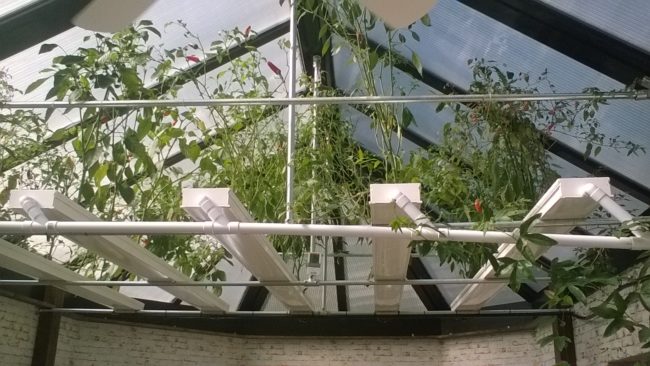



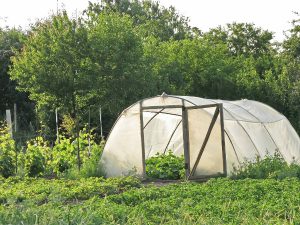
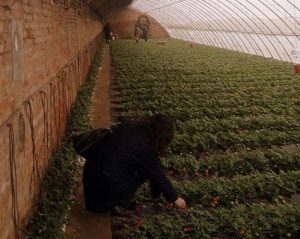
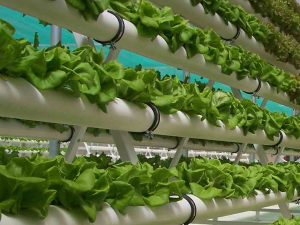
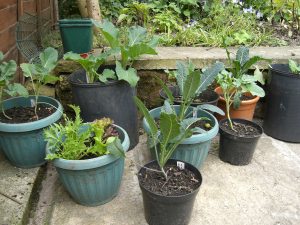
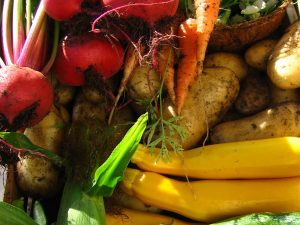
3 Comments
Fascinating stuff.
This article on hydroponics seems to contradict most other stories you offer and also seemingly your whole message. anyone who promotes hydroponics has obviously not done any homework or research on the health benefits of any food coming from such systems.. Perhaps it may be easiler for me to just “unsubsribe” however my comment may assist in some other peoples greater awareness of what is healthy and what is not. quite simply hydroponics is artificial food and can never replicate what we can grow out of organic living soil. Aquaponics similarly. although in saying that there are some great examples of natural aquaponics. Water Cree in streams is a vert simple model. ..Steve Hart
Steve
Hydroponics is not that different from a lot of our topics, actually. Electric vehicles, for example – corporate, made from a tonne or two of metal and plastic, on tarmac roads. There’s no way that that’s sustainable. Cryptocurrencies? With Bitcoin mining having just overtaken Ireland when it comes to electricity use? Keeping animals? There are people who will tell you (and have told us) that eating meat is just about the worst thing you can do in terms of health and sustainability. Picking wild mushrooms? Too many people, and businesses sending out thousands of pickers to serve high-end restaurants – there won’t be any left soon. And so on.
The truth is, I think the chance of us avoiding societal collapse are vanishingly slim – the biosphere is haemmorrhaging species and it’s showing no signs of slowing down. If you’re a tinkerer, and you can keep things going, including vehicles, without the oil industry, or can provide a means of exchange without the banking industry, or you can provide food for yourself without the water, fertiliser and pesticide industries – especially if your soil is heavily degraded or even toxic – then we’re happy to provide that information for people.
Health-wise, antioxidant levels may be a bit lower, that’s all, so eat more veg. But if sources of food are scarce, it might be a skill you wish you had.
‘Perhaps it may be easiler for me to just “unsubsribe” however my comment may assist in some other peoples greater awareness of what is healthy and what is not.’ – I’m happy to chat with anyone, but don’t do that – it makes you sound really pompous.